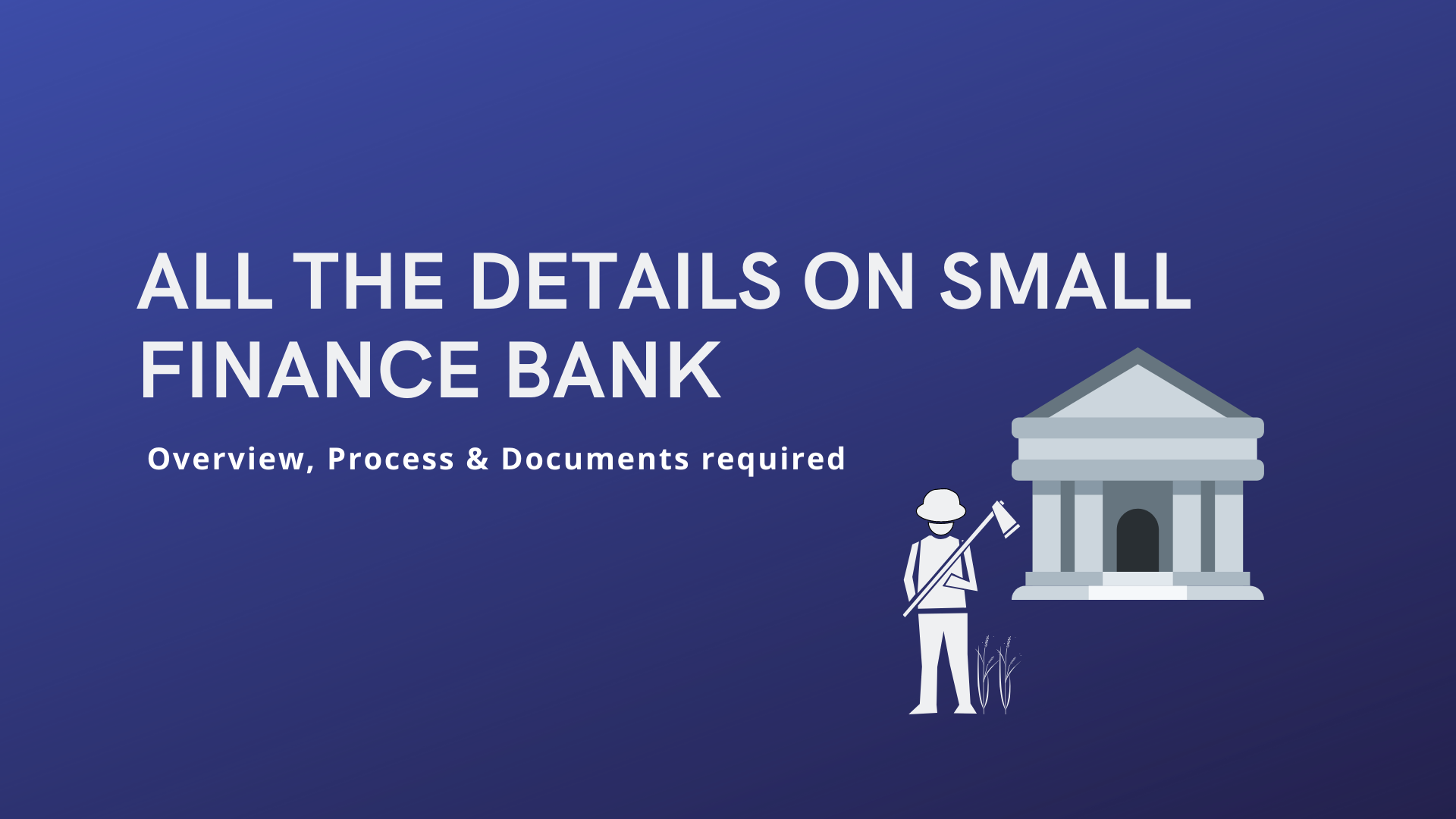

Trademark valuation: The vital importance of knowing what your mark is worth
Don't underestimate your trademark's value, it could be worth more than you think!
Friday April 07, 2017,
5 min Read
Did you know at one point Google, in filing for its initial public offering was apprehensive of the term “Google” becoming synonymous with “search” resulting in loss of trademark protection, but its trademark is now estimated at $44.3 billion?
Did you know even a generic term as “entrepreneur” has been trademarked by Entrepreneur Media Inc., and any business/venture containing the word “entrepreneur” in the name could be sued by them, as did “The Entrepreneur’s Edge”, Maryland-based Janice McLean Deloatch’s monthly public access cable TV program back in 2000? It may seem exaggerated but a staggering $235 million or nearly 40% of the total purchase price of $616 million was allocated to “brand intangibles” in Diamond Foods Inc.’s 2010 acquisition of Kettle Foods, a premium potato chip manufacturer.
Laymen would say “What’s in a mark?”, however, IPR experts who understand the value a trademark holds for a business/brand and entrepreneurs who have reaped benefits from the trademark itself can never underestimate the power it holds in leveraging their business.
Experts at the helm of brand valuation consultancies such as Brand Finance consider trademark as “the single largest source of intangible value in a company.” Much more than what fixed or tangible assets can secure your company, the trademark and the reputation and goodwill attached to it fetch you not only enduring reliance and loyalty from your customers, but heightened revenues as well covered by the sale of products/services protected under the said trademark. Trademarks contain inherent value appreciation, and can provide leads to expanding your business cutting across different industries (for example, Microsoft’s foray into investment funds focused on start-ups using artificial intelligence), help in case of joint ventures, mergers and acquisitions, seeking funding from investors, be pledged, sold, franchised or even act as a security interest in securing a loan to expand your business.
Property valuation is of ultimate significance in business transactions (be it sale, purchase, acquisition, divestment, etc.), and in case of intellectual property rights, especially trademarks, attaching a value or a factual figure of sorts may seem insurmountable to most entrepreneurs. Generally, a trademark is valued mostly on the strength of its earning power. In the absence of income history, imagination, common sense and experience are usually the best guides in determining a trademark’s valuation. Other applicable tools in this case may include industry research in which the trademark is (or will be) used, market sales of probable sales and expected profits, and opinions of industry experts.
Let us walk through some of the methods involved in trademark valuation.
• Income approach – This method evaluates the revenues that may be generated from the trademark in its economic life, factoring risks and financial costs into the equation and future cash flows discounted to arrive at the NPV (Net Present Value). This method poses challenges in the sense that it relies more on the outcome of future events rather than past performance. Technical difficulties include not being able to predict the economic life of the trademark and unrealistic estimation of projected income beyond 4-5 years.
• Market approach – This is comparatively a more reliable method to determine a trademark’s value since it takes into account recent market performances. Transactions involving sale, purchase, franchising or licensing of IP rights are normally used as indicators in this method. It has its own challenges though; IP transactions can be hard to generalize and put in a box, and it can be difficult to find confidential data on IP transactions to use as indicators in this approach.
• Cost approach – This approach takes into account the various costs involved in developing or creating a trademark and the estimated time and costs incurred in replacing the existing trademark with one that has equivalent strength to that of the former. Costs include factors such as labour, material and equipment, research and development, testing and trials, regulatory approval and necessary certifications, IP registration and other overhead costs. The only demerits to this method may be an over-emphasis on costs rather than profits, and neglect of future value of the trademark.
• Relief-from-royalty approach – Falling under the broader category of income or economic approach described above, its basic premise is that, in owning a trademark, a company essentially is relieved from having to pay royalty to someone else for its use.Consequently, anyone keen on obtaining the right to this trademark would need to enter into a business agreement with the original proprietor, something like a licensing arrangement. Implicit in this arrangement is the need to have a robust marketing strategy in place to replace the existing trademark with another, and therefore, the relief-from-royalty method used in these cases should ideally reflect the estimated rate of decline in the original trademark’s market position and significance, which is largely estimated on a case-by-case basis.
Under this method trademark valuation calculations normally include present value of the stream of revenues annually after tax, and the present value of the future income by way of tax savings resulting from claiming capital cost allowances on a specified portion of a trademark’s cost; that being, the tax shield.
Ultimately,there is no set approach/method to evaluate trademarks; all brands and associated trademarks must be viewed individually and their merits judged on a case-to-case basis. Common sense, intuition and a lot of experience however, is required to determine a trademark’s value and expert trademark attorneys, corporate counsels and marketing experts need to be roped in to decide which of the methods to use. Where it seems applicable, a synthesis of all methods may be used to make a concerted determination of the trademark value.




